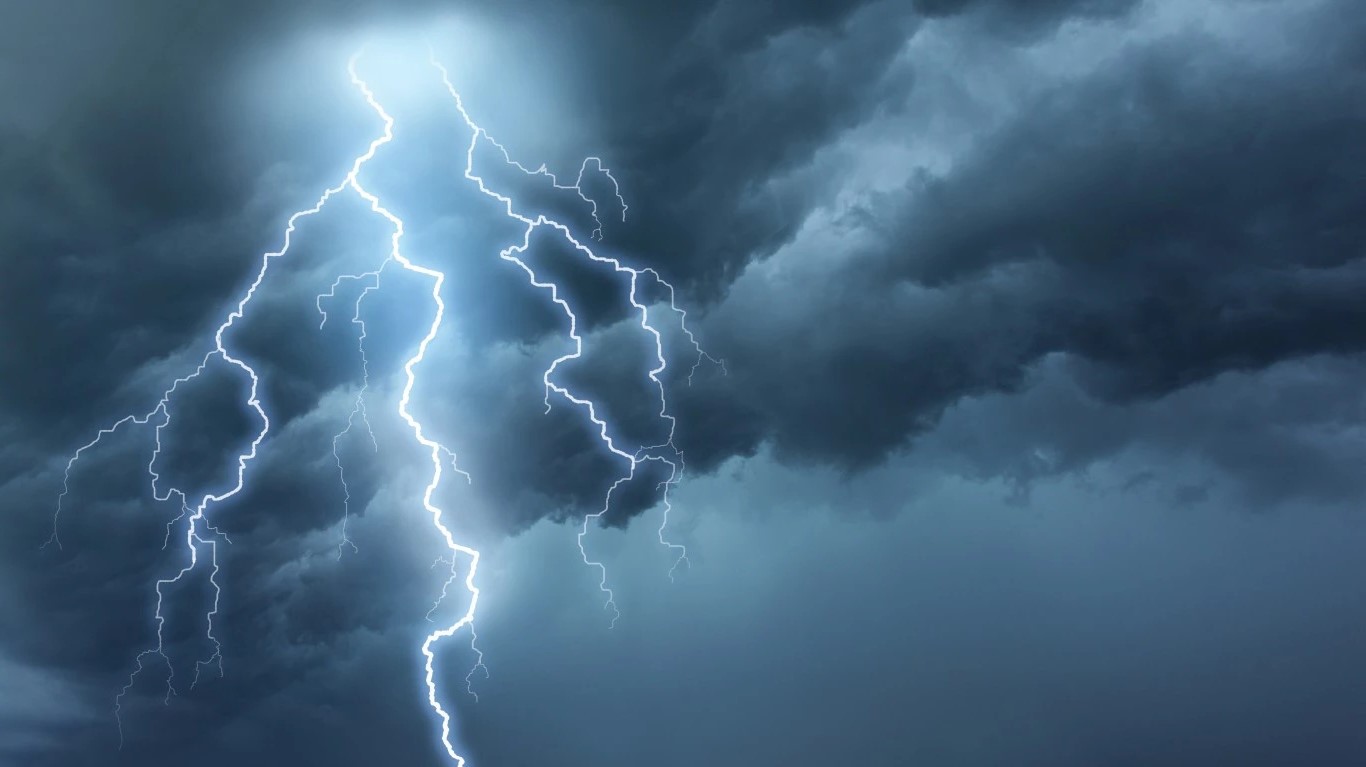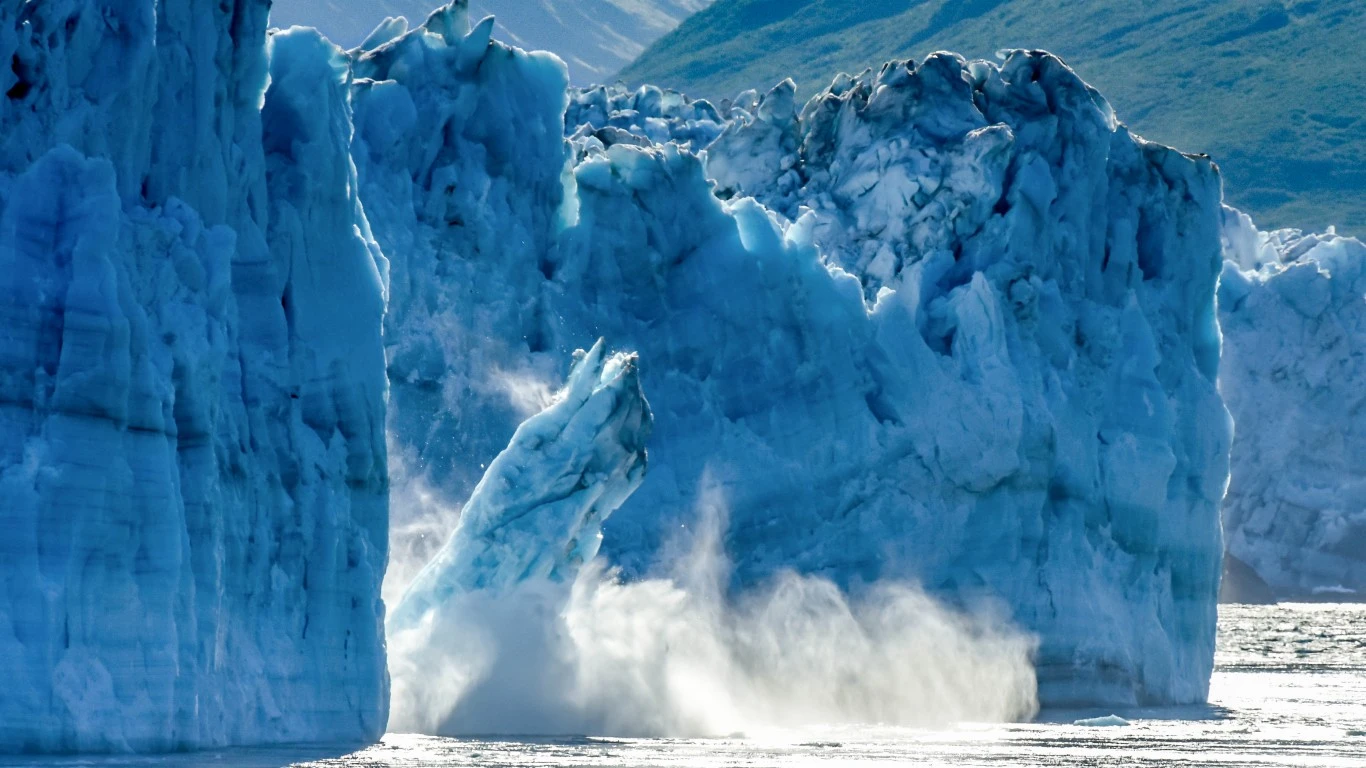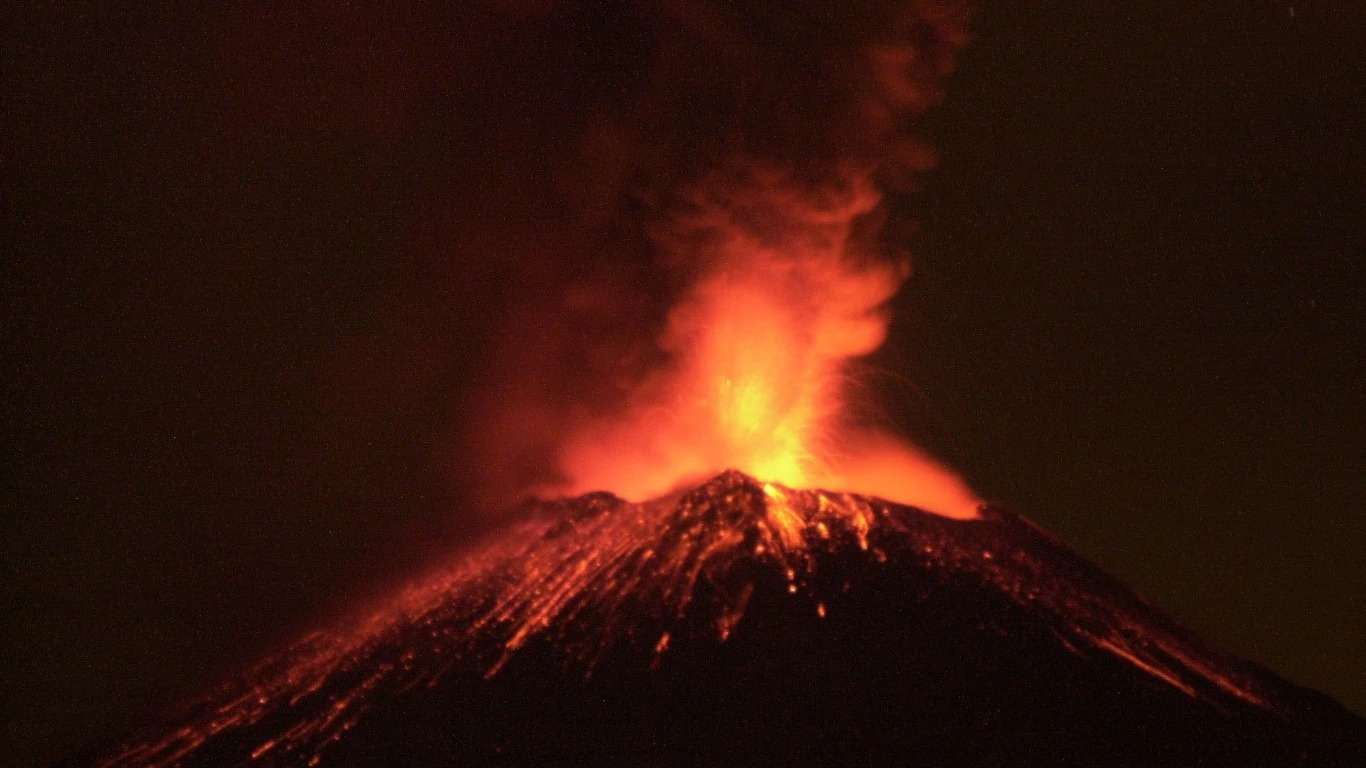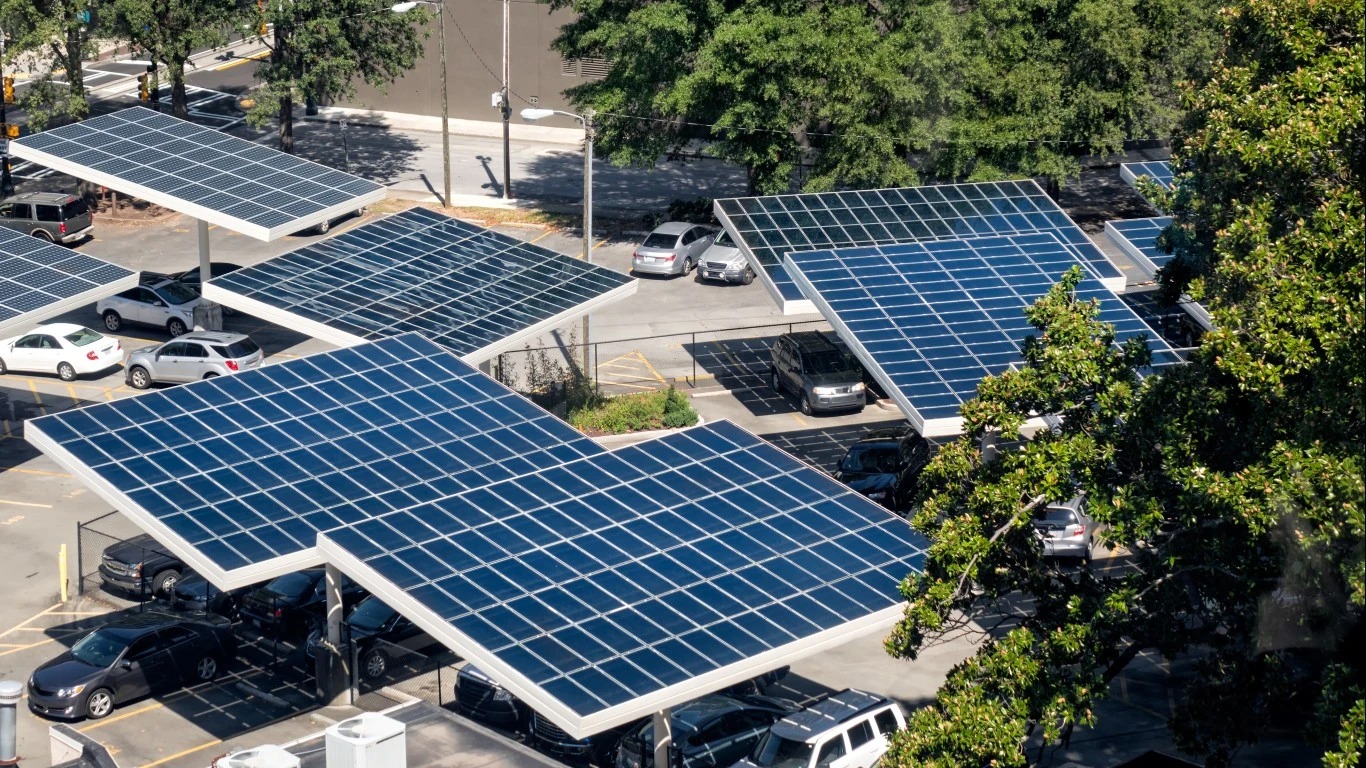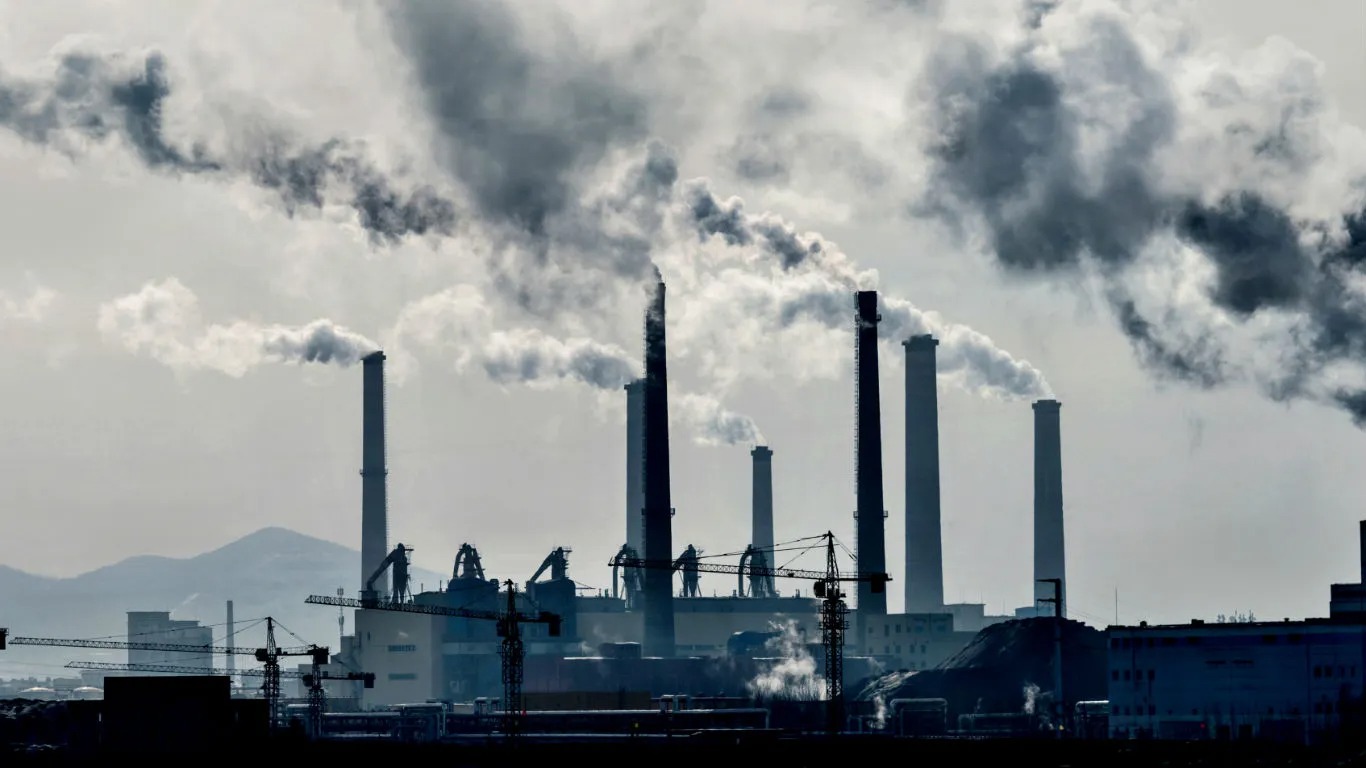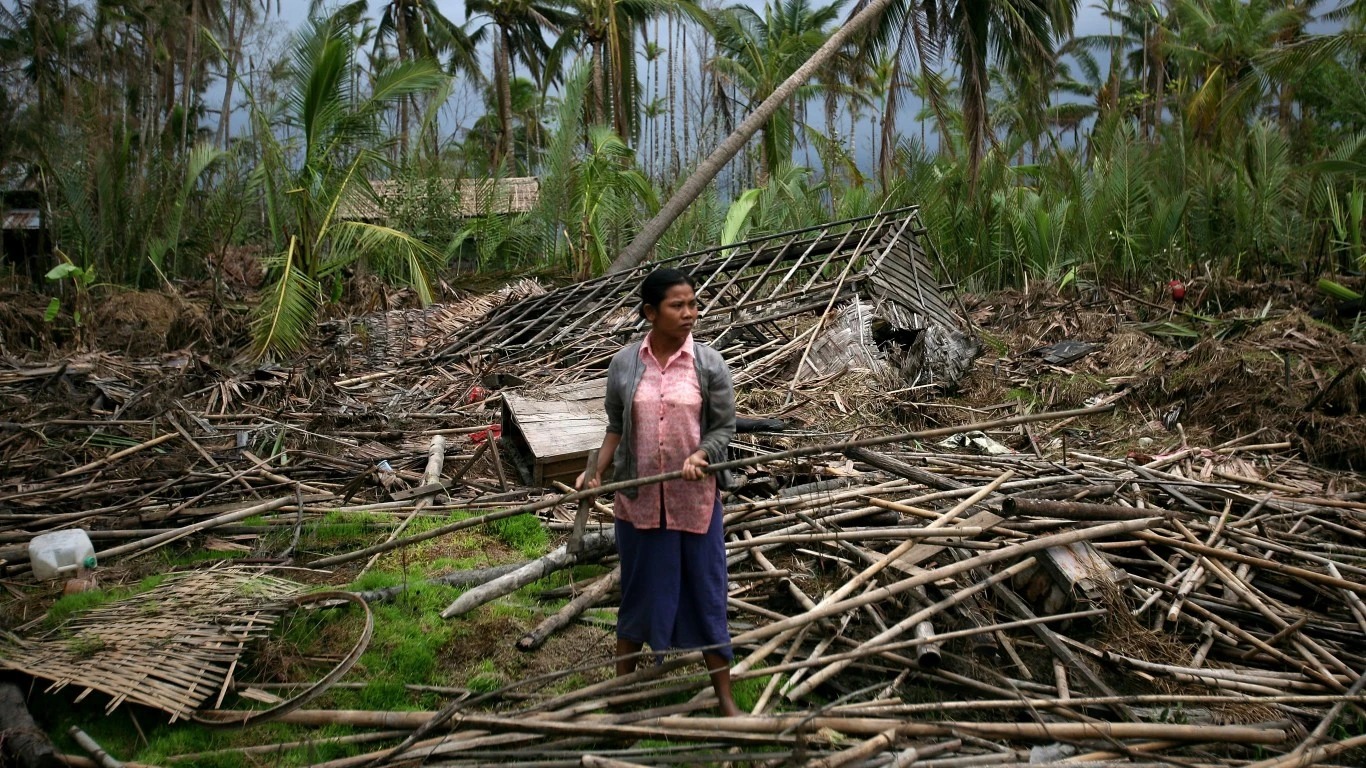It was only seven months ago that global banking giant HSBC Plc $HSBC was a poster child for climate irresponsibility after its head of responsible investment mouthed off about why banks and investors shouldn’t worry about climate risk.
And only two months ago that a British advertising standards board banned the company’s ads for greenwashing. This week, rather than lick its wounds, the bank stuck its neck clearly out across the financial and cultural divide on ESG investing and said it would no longer finance new oil and gas projects.
Astute readers of Callaway Climate Insights will recognize HSBC from a list we published last week of the top five largest banks who have reduced their greenhouse gas emissions the most since 2017, so it appears HSBC’s problems may be more public relations than environmental, social and governance related.
In pledging to abandon new fossil fuel financing, HSBC becomes the largest of a growing group of fund managers and pension funds who are unwilling to keep pumping money into oil and gas and transitioning to renewable investments. We expect that dividing line among banks to grow stronger in 2023, especially as European banks can avoid the backlash in the U.S. currently reserved for only Wall Street institutions focused on ESG. Banks such as Paribas and Barclays are also expanding their green credentials.
We wonder how all this must look to Larry Fink at BlackRock $BLK , who was first out of the gate with climate investing enthusiasm three years ago and who now has to watch his competitors steal a march on him while he’s under siege from politicians in Florida, Texas and Washington D.C. for similar intentions.
No one ever said the renewable transition wouldn’t be messy.
More insights below . . . .
Zeus: These will be the six biggest climate stories for investors next year
. . . . From anti-ESG backlash in Washington and beyond to the SEC’s controversial new climate reporting rules, to a Green Marshall Plan for Ukraine, 2023 is shaping up to be a pivotal year in climate finance, writes David Callaway. How an expected global recession hits renewable investment and job growth will in many ways determine if the world can make its important 2030 climate targets, he writes in his outlook for the New Year. The good news is that renewable investment remained strong this year despite a shaky market, and next year’s biggest investments just might come from one area you don’t expect. . . .
This week’s subscriber only insights
. . . . What do you do when you are the continent that has done the most to reduce pollution while the world’s worst polluter continues to open coal mines and coal-fired power plants? In Europe’s case you hit back at China — whose economy is already shaky and therefore less immune to pressure — by imposing selective import taxes on highly polluting products. Will the U.S. follow? Read more here. . . .
. . . . Confused about all those tax credits in the climate-focused Inflation Reduction Act? You can get some clarity now that the Biden administration is going to release detailed guidance on how Americans can take advantage of the incentives, a boon to carmakers and installers of energy efficient heating and cooling. Read more here. . . .
Editor’s picks: Let those buffalo roam
Green buffalo?
About 200 years ago, an estimated 30 million plains bison roamed North America from Central Canada to Mexico. It was an ecological keystone species. Due to hunting, commercial slaughter, and systematic extermination in the 1800s, there were only about two dozen animals left by 1902. But now, the population in the U.S. is estimated to be about 365,000 and there’s hope of even greater recovery. Could buffalo become a climate-friendly commodity? It’s at the heart of one of more than a hundred projects to promote so-called “climate-smart commodities.” The White House this week announced the U.S. Department of Agriculture is investing an additional $325 million for 71 projects under the second funding pool of the Partnerships for Climate-Smart Commodities effort, bringing the total investment from both funding pools to over $3.1 billion for 141 tentatively selected projects. The project is designed to expand markets for American producers who produce climate-smart commodities, leverage greenhouse gas benefits of climate-smart production, and provide meaningful benefits to producers, including small and underserved producers. The “climate-smart” projects being developed include working with 76 tribes to incentivize their use of climate-smart practices related to buffalo herds. The Tribal Buffalo Market Initiative, or TBMI, will help tribes in marketing their buffalo as a climate-smart commodity, develop sustainable programs for historically underserved tribal buffalo producers and create a tribally-led national strategy for education and outreach of buffalo as a climate-smart agricultural product. Proposals for the 141 selected projects include plans to match on average 50% of the federal investment with non-federal funds, the USDA says.
Can the EU avoid a natural gas shortage in 2023?
European and global natural gas markets are not yet out of the danger created by Russia’s cuts to pipeline deliveries of gas, the IEA says in a new report. “If gas exports from Russia drop to zero and China’s LNG imports rebound to 2021 levels, there is a risk of a shortfall in gas supplies in 2023,” the report says, adding that despite efforts to improve efficiency, “the EU’s potential gas supply-demand gap could reach 27 billion cubic meters in 2023.” The new report sets out key actions to close potential the supply-demand gap if Russian pipeline deliveries fall to zero, including more rapid deployments of energy efficiency and renewables. “We have managed to withstand Russia’s energy blackmail,” said European Commission President Ursula von der Leyen. “With our REPowerEU plan to reduce demand for Russian gas by two-thirds before the end of the year, with a mobilization of up to €300 billion of investments. The result of all this is that we are safe for this winter,” she said. “So we are now turning our focus to preparing for 2023, and the next winter. For this, Europe needs to step up its efforts in several fields, from international outreach to joint purchasing of gas and scaling up and speeding up renewables, and reducing demand.”
The carrot and the stock
Financial markets can support the transition to a low-carbon economy by redirecting funds from highly emissive to clean investments, write the authors of the IMF working paper titled The Carrot and the Stock: In Search of Stock-Market Incentives for Decarbonization. From the abstract: The authors study whether European stock markets take carbon prices into account in company valuations and to what degree they discriminate between firms with different carbon intensities. Using a novel dataset containing stock prices and carbon intensities of 338 European publicly traded companies between 2013 and 2021, they find a strongly statistically significant relationship between weekly carbon price changes and stock returns. Crucially, this relationship depends on firms’ carbon intensity: The higher the carbon costs a firm faces, the poorer its stock performance during the periods of carbon price increases. Emissions that firms cover with free allowances however do not impact this relationship, illustrating how, in the absence of carbon pricing, data disclosure alone might not be sufficient for financial markets to support climate change mitigation. The relationship they identify can provide an incentive for firms to decarbonize. They argue in favor of more ambitious carbon pricing policies, as this would strengthen the stock-market incentive channel while causing only limited financial stability risk for stocks. Authors: Laurent Millischer, Joint Vienna Institute; Tatiana Evdokimova, Joint Vienna Institute; Oscar Fernandez, Vienna University of Economics and Business.
Words to live by . . . .
“If there’s no food, there’s no clean air to breathe in, there’s no water, there are no medicines which are dependent on biodiversity resources, where are we? What are we? It means we will perish just as the animals and plants.” — Elizabeth Maruma Mrema, executive secretary of the UN Convention on Biological Diversity.


